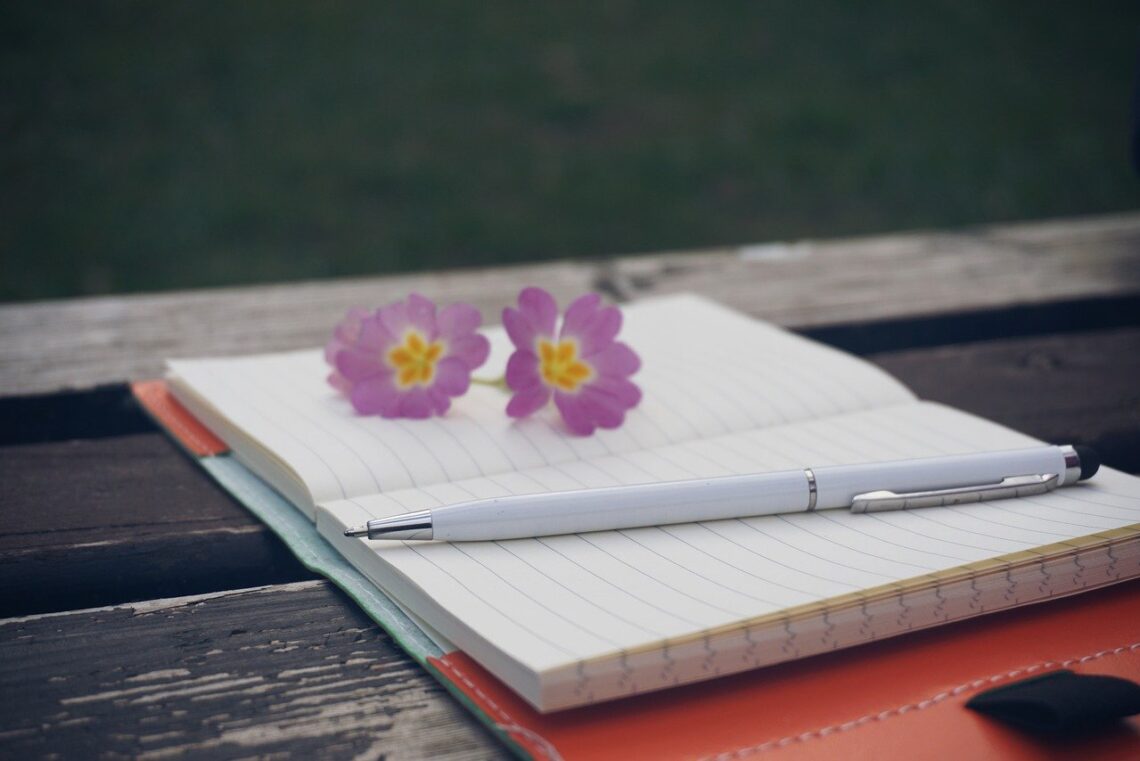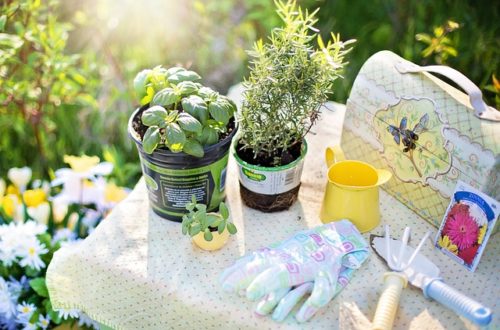Whether you have a container garden on your patio or a 4000 sq. foot garden like me keeping a garden planner and journal is one of the best investments you can make. At least, that’s what all the experts say.
I have a confession: I have failed miserably at this important task. I have tried all kinds of planners: purchased and self-made, simple and complex, paper, and digital. But usually around June, I have abandoned my efforts to keep records.
In the dark days of winter, I lament my absence of notes, relying on my mid-life brain to recall things that quite frankly, it can’t. But this year is different: as part of one of my year-long projects, I have committed to creating and using a garden planner and journal system that is specific to my garden and my personal, ahem, challenges.
I thought a lot about what information I wanted to record, how I would record it, and how the planner and journal could be useful every week of the season as well as afterward in the month of January when I am dreaming about my next summer garden. I also reflected on what hinders my development of the simple habit of keeping garden planning and journal. For me, it was about the lack of organization and having everything in place so that I could develop the habit.
But first, let’s talk about the benefits of a garden planner and journal.
- Planning a vegetable garden with a map (or multiple maps) allows you to see visually what and where you can grow throughout the season. For me this is important: seed catalogs are dangerously enticing, and I often order more seeds and varieties that I can actually plant in one season.
- Monthly calendars allow you to plan for sowing, transplanting, and harvesting. Planning from the comfort of your favorite chair in January allows you to be specific and detailed and blend garden management into your daily life when it is filled with the business of sowing, transplanting, and harvesting.
- Weekly to-do lists for garden tasks keep you committed to the garden. I view my garden work as a form of income since I grow a considerable amount of food and herbs so I need to utilize the same tools like weekly and daily to-do lists that I use for my professional and personal projects.
- Keeping a journal about your garden’s progress, pests and problems is the best way to grow as a gardener. The journal is the place to record varieties that did well in your garden, what pests showed up and what you did to distract or eliminate them, weather notes, the effects of excessive heat or rain, the date of the early frost that killed your unripened tomatoes, and the occasional reflection of gratitude, joy, pride, and frustration that you experience as you tend to your garden. Gardening can be an emotional rollercoaster at times.
What is a Garden Planner & Journal?
Gardeners vary widely in the type of planning and record-keeping they do. Some do none while seed savers and home vegetable breeders keep meticulously detailed records. When I have purchased garden planners and journals, I discovered that I really wasn’t interested in some of the included worksheets. There are many “opportunities” to collect data about your garden:
- Seed and plant purchase log
- Seed starting calendar/spreadsheet
- Transplant calendar/spreadsheet
- Seed germination calendar/spreadsheet
- Seasonal, monthly, and weekly garden to-do lists & calendar
- Map of garden plantings including staggered planting overlays and yearly rotation
- Seed saving planner and record
- Harvest log
- Journal & Notes
Last year, I used a clipboard with a spreadsheet and blank paper that I would scribble some notes on and then toss them on my desk to deal with later. I mapped out my plantings AFTER I planted. I sowed seeds for my fall crops too late. And plans to put up my mini-tunnels on my raised beds so I could extend my growing season disappeared under the pressures of harvest and work.
The first thing I did was to decide what kinds of recordkeeping tools I wanted and would actually use. I decided to keep it simple and chose the following:
Seed Starting Calendar
I start all of my vegetables by seed and try to sow several additional plantings of vegetables (called successive or staggered sowing) to extend my growing season into late fall.
Weekly garden to-do lists – I am creating a form that is specific to my gardens, incorporating my vegetable garden, my medicinal herb garden, and my new project, my food forest.
Garden Planting Maps
Last year, I ran out of space by July and was frustrated because I know with better planning I could grow all that I want to grow. This year, I am creating monthly planting maps that will allow for successive plantings of short-term crops, dedicated space for long-term plants, and the beds I will use for season extension into December.
Harvest log & Spreadsheet
This project has been on my brain’s to-do list for years but has yet to happen. This year I am investing in a simple scale and plan to weigh all of my harvested vegetables and fruit and record the amounts in a spreadsheet. Then I can calculate, using current market prices, how much money I made in vegetable currency. And I don’t have to claim it as income!
Journal and Notes
I am adding this section to my weekly garden to-do lists because that makes sense to me. As a writer, I maintain a daily journal to reflect on my life, my feelings, and my ideas. Don’t ask me why I haven’t carried that over to a garden journal.
This year, I am using a blend of both digital and old-school tools: I am re-using a three-ring binder and plastic sheet covers for my maps, calendars, and harvest log. I am using an iPad for my weekly to-do lists and garden journal. The iPad will also be used for photos to include in my journal.
Helpful Resources
I found several good resources to get you started on your personalized garden planner. You can create your own pages and spreadsheets with your office software. If you want to have some creative fun, Canva is a free graphic design tool that is easy to use.
For a variety of blank calendar templates: https://bit.ly/3pgpSr2
For a set of free pre-made garden printables: https://bit.ly/3aZArti
If you are new to growing vegetables and prefer a digital format, Growveg.com looks like it would fit the bill. I haven’t tried it but it offers a 7-day free trial. The site/service includes a garden journal, planner, plant profiles, email reminders, and a garden community. https://bit.ly/2MZngks
Another inexpensive online vegetable garden planner that novice gardeners or gardeners with limited time might choose to use. https://www.smartgardener.com/
If you are growing vegetables this year, consider creating a method of simple data collection. You will value it in the cold dark of next January when you are planning the best vegetable garden ever.
Sue Kusch lives on a small homestead in the Columbia River Gorge where she grows food and medicinal herbs, guided by permaculture ethics and principles. She is a freelance writer and publishes multiple newsletters each month on plants and how people use them. Her Facebook page is https://www.facebook.com/PlantsnPeople







One Comment
Pingback: